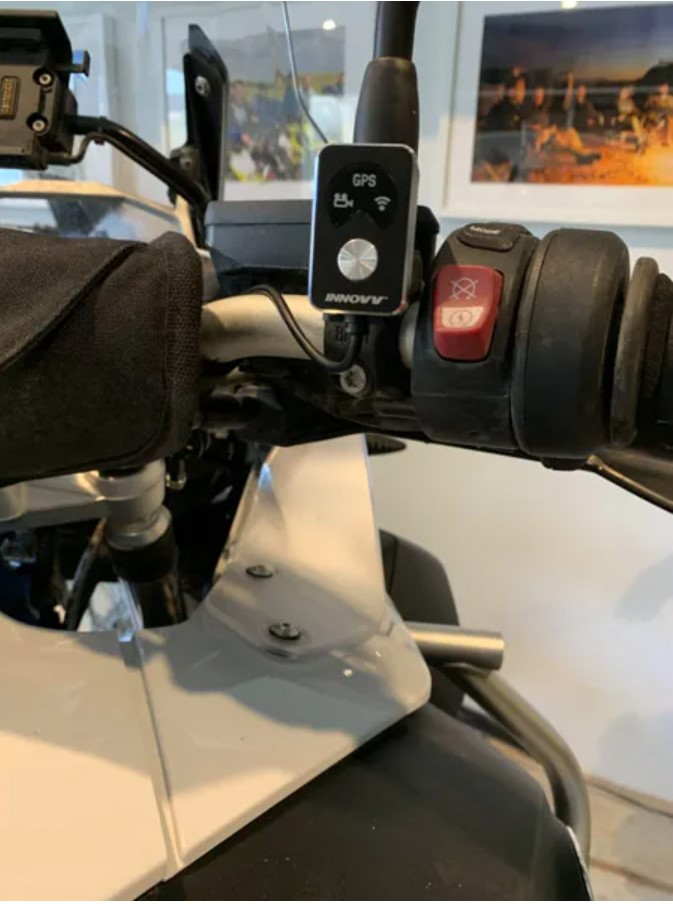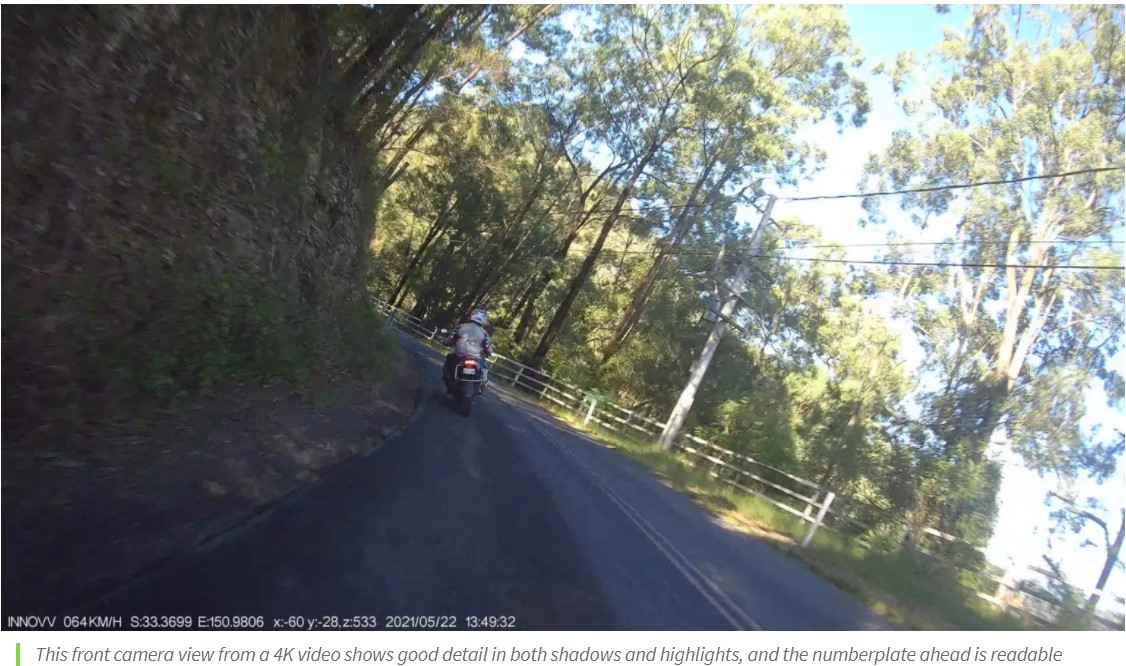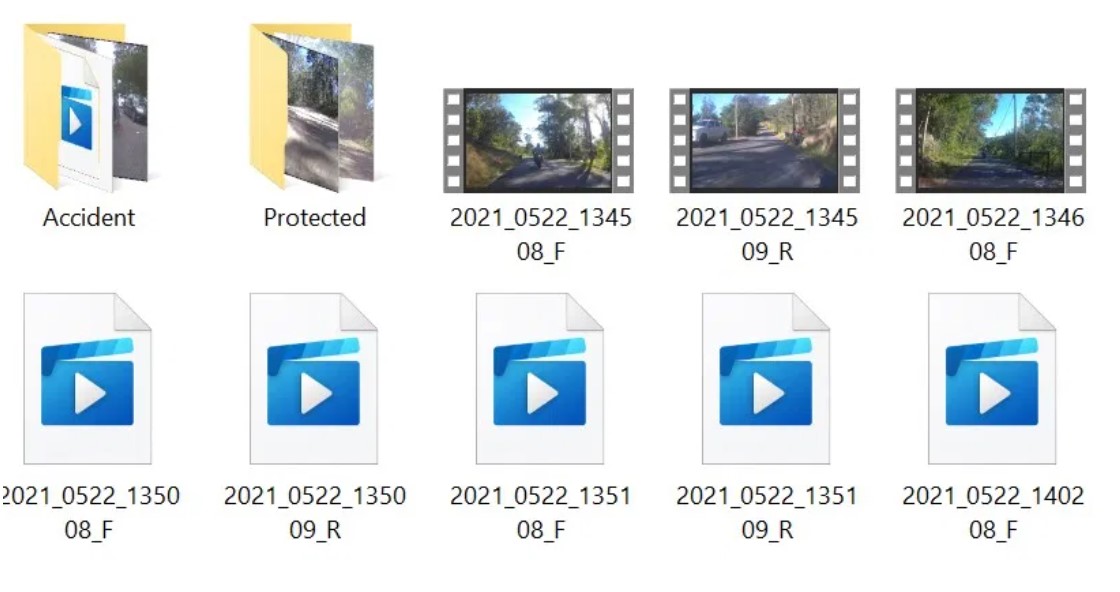Thanks to the folks at PracticalMotoring.com.au they did a long a term test of our K5 camera. Great read and shows the real advantages to getting our plug in and forget 4K Powersport Camera set-up.
INNOVV K5 DASHCAM LONG-TERM REVIEW by GEARMOTORBIKESREVIEWS.
Written by Phil Suriano from PracticalMotoring.com.au

We’re putting to test the latest INNOVV dashcam for bikes, ATVs, jet skis and just about anything else that’s mobile to the test.
A bit of insurance if something goes wrong and also a great way to capture memorable moments when riding, we’re fans of dashcams, be it in a car or on a motorbike.
The latest unit we are testing is from INNOVV, a company which established itself in 2013 and is distributed in Australia and New Zealand by Connected Audio Visual. A year after it started putting together video cameras, INNOVV produced and sold its first motorbike dash camera, the C3. Over half a decade later we have the latest K5, which we expect should be a polished product given the years of experience.

The K5 uses two cameras, one front, and one rear-facing, with a remote control that can be mounted on the handlebars, which we’ve done. The remote allows for controlling the WiFi, DVR, and GPS status with bright LED indicators, and this can be done on our setup thanks to a position close to the right hand.

The install is pretty straight forward and the most technical requirement was splicing in a power feed – something which you might do from the fuse or you can literally splice into the accessories power (if unsure, ask an auto electrician for help).
This “install and forget” gives the system auto on/ off which can begin recording as soon as the bike is on, and it will go into an automatic shutdown when you turn the ignition off. Being able to take up to a 512GB-size card with loop recording and support for MP4/TS format it should be fine, though we’ll take it on some nice long rides too.
The system fits nice and tight and as long as it is mounted thoroughly it feels like it will hold up to hail and shine – which it can due to an IP67 waterproof rating. That rating also covers the external mic, which we’re told will capture good sound from talking voices – at least better than an internal mic would – and applies noise reduction to remove wind rustle and the like.


The specifications for the cameras are good, with the front-facing unit using a higher-class 8-megapixel Sony sensor that is good for 4K Ultra HD at 30fps from a 120-degree angle lens. The rear-facing camera captures 1080HD, also from a Sony sensor. The image looks crisp from a connected mobile phone which provides imagery and controls via a built-in dual-band WiFi connection and the INNOVV app for Apple iOS and Android, working on both phones and tablets. It uses 2.4Ghz/ 5.8Ghz for a fast connection which minimizes delay. Features include downloading your trips and sharing them.
Some of the detail includes GPS marking from a 5Hz GPS received with fast refresh rates of 5Hz over 1Hz. This provides a baud 38,400 bits per second and updates 38,400 bits per second of data for a high level of detail.


So far we’ve installed the system on the bike and given it a shakedown to test its sturdiness. Everything seems nice and tight and works as intended, turning on automatically and connecting over wifi to our phone for managing trips.
Taking a still photo will capture from both cameras at the same time, so there’s no clunking about selecting which one, and the quality in both bright and darker settings has so far been good – particularly directly into the sunlight at times.
We’ll give it a proper ride and test over the next few weeks and report back on image quality, GPS accuracy, sound quality, and everything else we can find.
INNOVV K5 put to the test

The twin-camera system is capable of recording both cameras at the same time for video or using both cameras at the same time to take a still photo. There are a variety of resolution settings available on the video side and while it might seem that the top-spec 4K and 1080P is the best option, there is flexibility in using 2K and 1080P but at a faster 60FPS capture. The end is a smoother result on bumpier surfaces, while on-road the 4K provides greater clarity thanks to the 4x resolution.
Camera resolution:
Front Camera Rear Camera
4K/30FPS 1080P/30FPS
4K/30FPS 720P/30FPS
2K/60FPS 1080P/30FPS
2K/60 FPS 720P/30FPS
1080P/96FPS 1080P/30FPS
1080P/96FPS 720P/60FPS
720P/96FPS 1080P/30FPS
720P/96FPS 720P/60FPS
Riding around Sydney during winter there has been a variety of conditions from sunny and clear and cooler and wet. It’s safe to say that the quality in clear weather is great, and while greasy wet conditions don’t help for clarity, there is enough sharpness that the video is useable
Of particular note is the front camera that is very clear and sharp, with good colour and enough resolution in 4K mode to zoom in. Even 2K mode is quite clear and the added 60P frame rate can help smooth out bumps (plus it is helpful when slowing down the footage, as is 1080P/96FPS).

This front camera view from a 4K video shows good detail in both shadows and highlights, and the number plate ahead is readable
That said, the 4K isn’t jerky and it has a nice wide field of vision that helps capture a lot of what is going on. It is here that the larger 4K resolution can be rather handy for zooming in and cropping to see something you need to look at; things like number plates are recognisable and the same with most street signs.

The rear camera during video – despite being a smaller unit, it still captures good quality video
There is an intuitive app to use too, and playback is simple. Of course, you can also just put the memory card into the computer and play around with the files. The app connects over wifi too, so it has a very stable connection to the phone or tablet (Apple or Android). It is also in the app that you can change settings like the resolution and how it records.
Camera settings:
Loop recording; Video compression; video format; date & time; units of speed; time-lapse settings; microphone settings’ speed and GPS coordinates; GPS Hz’ watermarking; parking mode; g-sensor; cache data; time; light frequency; factory reset.
The video records both front and rear at the same time. So if you want to find something that you shot from the front camera the recorded file name has an F at the end – vice versa for finding the rear footage as the file name has an R at the end.

The best part of all is that it is continuously recording so it captures absolutely everything though this setting can be changed to off, 1, 3, 5 or 10 minutes intervals. The maximum SD card size you can use is 512GB which provides around 10 hours of recording time. Photos are 12MP, so you’ll be able to take thousands of shots without worrying about storage capacity.
Another great feature we’ve set up is the handlebar mount so it is quick and easy to fire off photos and commands on the fly. It will also take shots front and rear as well as the factory setting. Using the photo feature will be handy if you need to get some detail in the photo as you can zoom right in.


Zooming right in we can read fine details (this number plate has been mostly obscured on purpose)
As for audio quality, the speaker works exceptionally well and I have wired the speaker so it sits under my seat and then if I want to do voice-to-camera I can simply reach under the seat to connect the mic to my collar and run the lead back down my jacket. This is a fantastic feature when riding.
Front camera footage at 4K: (don’t forget to change your playback settings to 4K)
Rear camera footage at 1080P:
Check out the K5 and buy at the INNOVV store: www.innovvau.com.au






